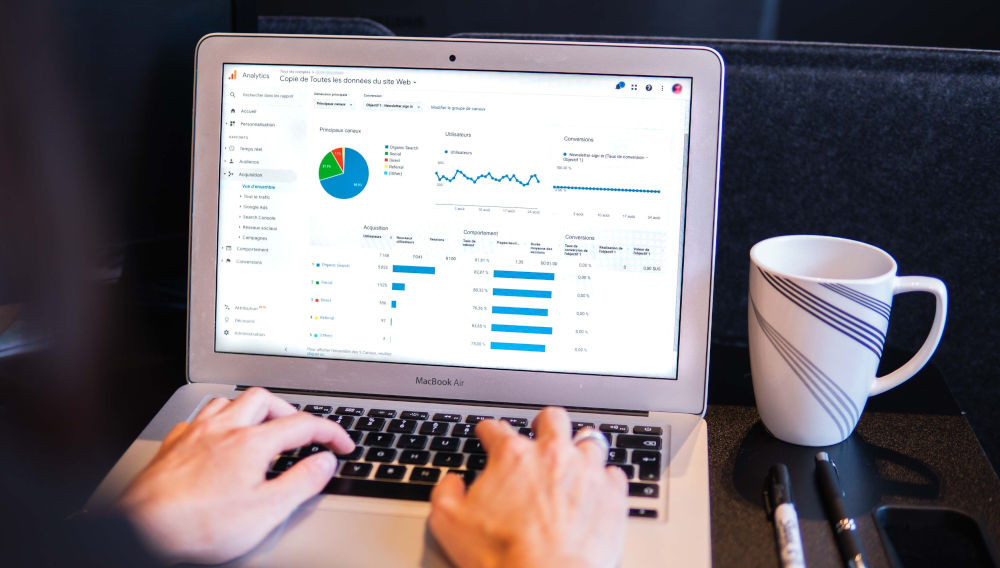Beer Strategies Round Table: Getting the future right through Big Data
Europe | In an ideal world, a marketer knows what her customers want even before they do. Beer marketers think they have got closer to this, thanks to the clever use of data. As they see it, the world contains an unimaginably vast amount of digital information. This makes it possible to do many things that previously could not be done: provide fresh insights, spot business trends, unlock sources of economic value.
At this year’s International Beer Strategies Round Table Forum (30 June), organised by Arena International and held online this year because of covid, ZX Venture’s Jerome Pellaud actually called data the “new beer ingredient” and said that it would help AB-InBev to quickly identify consumer trends in order to create a beer portfolio that is adaptable and relevant to changing consumer behaviours.
Fail cheaply
Like all brewers, AB-InBev has a lot of new products in its pipeline. Its craft brewer Goose Island alone developed 43 recipes for new beers in 2020. It was ZX’s job to find out which would work. Keeping a close eye on beer review sites on the internet, which are fed by consumers, they discovered that tropical fruit-hazy IPAs have been growing in popularity. Through their data-driven methods, the ZX Ventures team could test the recipes, both in the off- and on-premise, learn from the results and, at worst, “fail cheaply”.
Mr Pellaud went on to explain how data helped them identify hitherto ignored drinking occasions. To their surprise, a canned wine brand, Babe Wine, which ZX had fully acquired in 2019, proved popular with commuters. So, they quickly persuaded convenience stores at stations to feature it more prominently.
Given the emphasis AB-InBev places on data analytics, it was surprising to see that the brewer still thinks there are only four types of craft beer consumers: the gateway drinker, the novelty seeker, the quality adopter and the beer geek. This seems to run counter to what Mr Pellaud’s US colleague Dafne Hefner had admitted at the Beverage Forum in Chicago in May: that AB-InBev needs to “de-average” consumers to better understand them. Maybe Mr Pellaud decided to keep the more important learnings from the data close to his chest to maintain his competitive advantage?
Marketers can still get it wrong
Also, despite all the amassed data, brewers can still get their product launches wrong. Take AB-InBev’s SpikedSeltzer, a pioneering hard seltzer brand, which it fully acquired in 2016. The brand soon fell behind rivals White Claw and Truly, today’s market leaders, because it was too calorific and too high in ABV. Did AB-InBev put the wrong people on its test panels? Or did it misjudge the results?
Perhaps managers may have been misled into hoping data will give them massive, instant, Holy Grail solutions. Learning from experience, ZX now makes sure to keep a brand’s founder on board after an acquisition. It seems there are certain things entrepreneurs can do for a brand and its evolution not even the best analytics can.
As for trends, speakers and panellists agreed that they need to place more emphasis on beer and food pairing, both on-premise and at home. Many craft brewers got out of it at their taprooms, but now it seems brewers need to help consumers to navigate beer and food like sommeliers.
High hopes for non-alcoholic beer
Likewise, brewers will need to understand when and where people consume non-alcoholic beer, which is said to be the next big thing. Guinness’ Siobhan Hamilton argued they identified Sundays as a drinking occasion for non-alcoholic beer (consumers work on Monday). She believes there are plenty of drinking occasions for these 0.0 beers, as they gradually take occasions from alcohol and soft drinks.
Rob Fink, the founder of UK craft brewer Big Drop, which rose to prominence because it only brews non-alcoholic beers, called e-commerce the biggest trend for his firm. Because his business partner is tech savvy, they managed to set up a webshop in only 36 hours. E-commerce actually saved them in 2020 when pubs were suddenly closed. He is adamant that e-commerce will turn into his third sales channel, with an even split between on-premise, off-premise and online sales.
Singing from the same hymn sheet, Mr Pellaud argued that the health & wellness trend will only grow in importance. Nowadays sports people, Sunday drinkers and a host of others practice mindful moderation. Consumers pay more attention to what they ingest. High quality ingredients; naturalness; great taste, are now a given. Products which have low alcohol and few calories could become more relevant for today’s lifestyles, while sugar may become the “new evil”.
Most likely, others would have arrived at the same predictions even without recourse to big data. The health & wellness trend has been with us for ages. Marketers, pray tell us: which are the really new trends which you can see on the horizon?
Keywords
e-commerce data analysis food pairing health beverage trends consumer behaviour Europe non-alcoholic beverages marketing industry meetings conferences
Authors
Ina Verstl
Source
BRAUWELT International 2021


